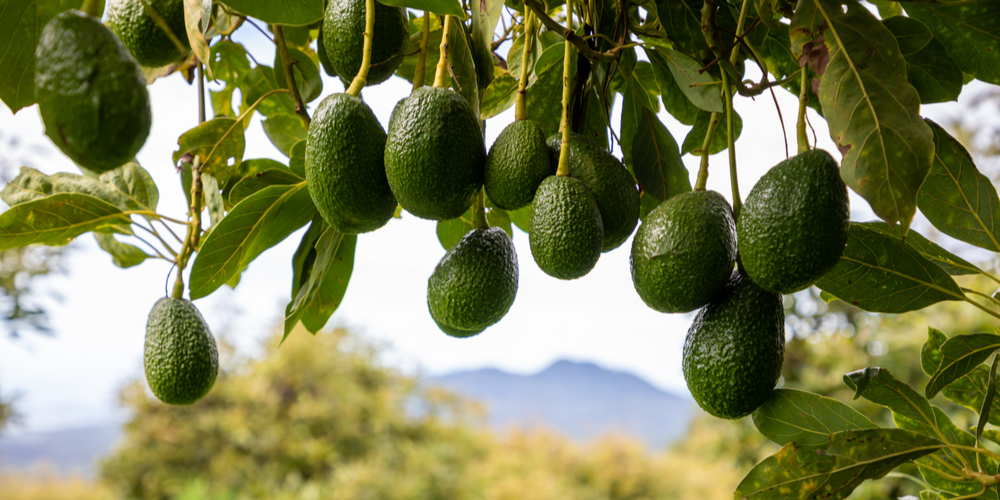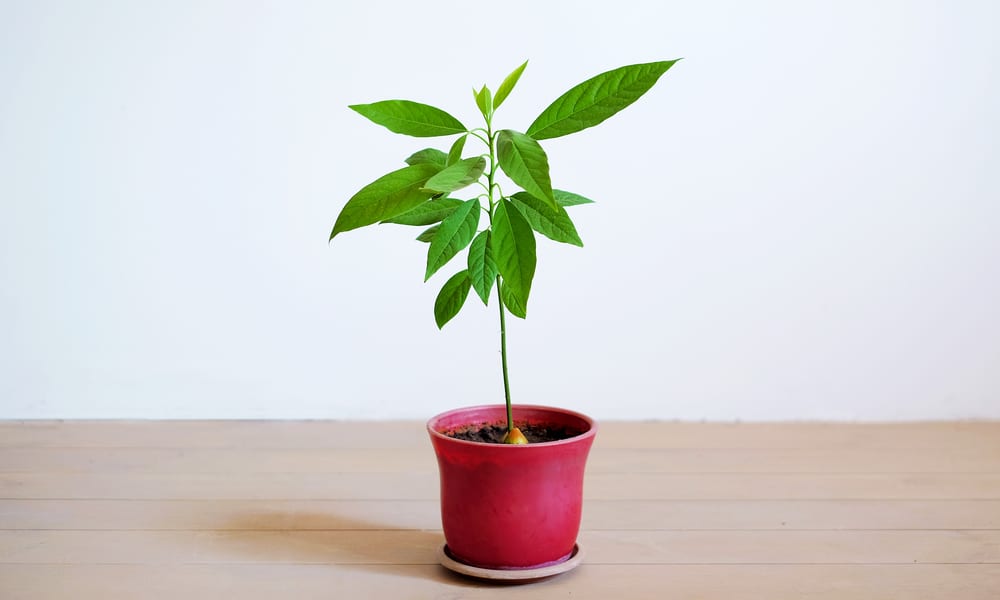Avocado trees are often associated with warm tropical climates and won’t tolerate frost conditions outside its recommended growing zones. If you’re asking, ‘can you grow avocados in Illinois?’ then the answer is yes and no.
Unfortunately, avocados won’t survive when planted out in the yard or garden in Illinois, but you can get them in containers and bring them indoors to protect them from winter. However, avocados in containers will not bear fruit.
Can You Grow Avocados in Illinois?
Avocado trees are tropical species that thrive in USDA zones 9 to 11. As a state, Illinois has a zone range of 5 to 7 due to its cold climate come winter.
Avocados can’t tolerate the freezing weather in Illinois when frost arrives, so they’re not suitable to grow as trees in the landscape. However, there’s a process called ‘overwintering’, which involves protecting plants from the cold by bringing them inside. However, you won’t be able to do this unless your avocado tree is in a container.
Therefore, the best way to grow avocados in Illinois is to pot them up in a large container and overwinter them before frost strikes. Remember that these plants still need to get sunlight and the occasional watering so they can survive indoors.
Avocados are mostly grown commercially in the US within the recommended zones. They do fine in Florida and California due to the states’ warm subtropical environment, and outside they thrive in Mexico. In Illinois, it will be nearly impossible to get your avocado to produce fruit as they can’t be planted outside, and they won’t do so when contained in pots.
Can You Grow Avocados Indoors in Illinois?
If you have the time, you can try to grow an avocado from seed and an adequately-sized container.
Avocados can grow indoors and in any USDA zone. They do well and are considered low-maintenance species this way. As far as producing fruit is concerned, you should forego that and treat it as a regular houseplant instead. You can choose to germinate the seed, or pit in soil or water then move it to a soil medium eventually.
Avocados love getting full sun in their growing zones and it’s best to do the same. Choose a spot in your house that gets a minimum of six hours bright and direct or indirect sunlight and leave your avocado there. Observe the plant for several weeks- if it seems to be ‘reaching’, or have elongated stems then you should move it to a sunnier location.
Warmth is also a requirement when growing avocados indoors. Keep the temperature between 60 to 85 degrees F, and humidity levels on high for a happy and thriving plant. You can achieve this by putting the container atop a tray that’s filled with pebbles and clean water.
The soil should be well-draining and contain moderate amounts of organic material. More importantly, it shouldn’t hold moisture for too long or else the plant’s roots will rot. Avocados like getting regular watering but the roots shouldn’t be waterlogged. The sure sign that it needs water is when the leaves begin to slightly wilt.
Pruning can be done every month or so to keep the avocado on its toes and produce bushier foliage. Fertilizing with a balanced medium can be done every month, and less during the winter months. Avocados can grow quickly and fill up its container with roots, so you may want to transplant to a larger container to keep it from becoming root-bound. The good news is that avocados are relatively disease and pest-free, and should thrive in your house for years on end.
Can I Grow an Avocado Tree Where I Live?
If you fall into USDA regions 9 through 11 then you should be able to grow an avocado outside in your yard or garden. Choose a sunny spot and plant it in a well-draining soil to make it grow to its full potential.
Can You Grow Avocados In Illinois?: Conclusion
For regions with cold winters, it might be a better option to pot your avocado plants in containers. Choose well-draining soil and a large container to give it space, then place it in an area that gets full sunlight. When frost comes, place it indoors and give it less water.


